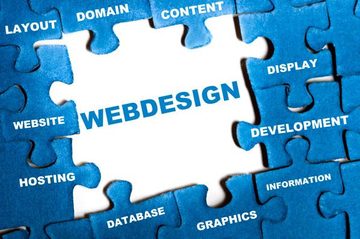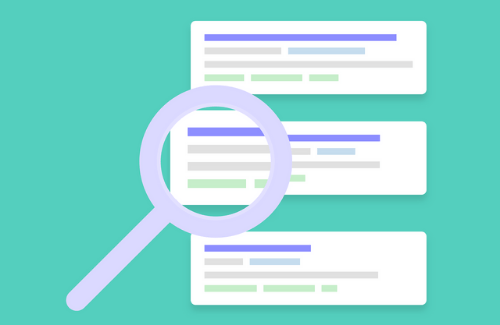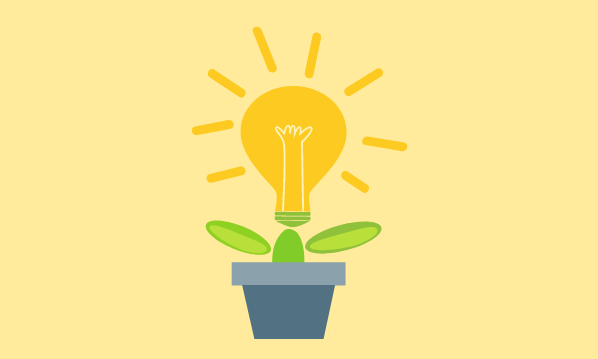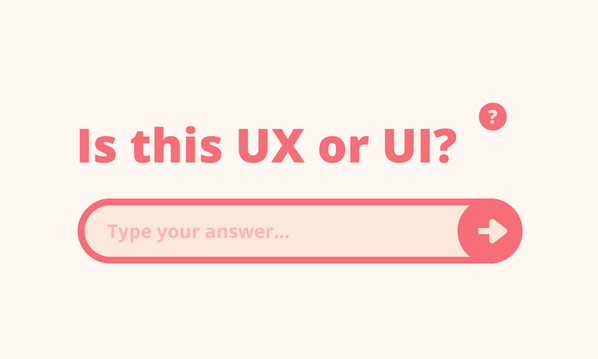 A landing page is a marketing web page intended to persuade the visitor to fulfil a task: like signing up for a web application or an email list, or buying a product. Landing pages are often accessed by someone clicking an online advertisement.
A landing page is a marketing web page intended to persuade the visitor to fulfil a task: like signing up for a web application or an email list, or buying a product. Landing pages are often accessed by someone clicking an online advertisement.
An important metric for measuring the success of your landing page are conversion rates. Conversion rates are the percentage of visitors the landing page that ‘convert’ to fulfilling the action. For example, if 100 people click an advert which takes them to your landing page and 30 of those visitors buy your product, then your conversion rate is 30%.
There are a number of design patterns which can help to increase your conversion rates.
A clear call to action
Most importantly, landing pages should have a clear call to action: this is the primary method of engagement. This is fundamental for a successful landing page. The call to action can be anything from a button to a web form, even just an email address but it should be relevant to the action you are pushing and also stand out from the rest of the web page. All visitors should have their focus directed to this call to action.
Keep the important elements above the fold
The fold is the the area of the web page shown on the screen before the user has to scroll. It’s contested as to how important the fold is to conversion in modern web design but there is no harm in making it as easy as possible for visitors to complete the action.
Keep it simple. No distractions.
You want to avoid cluttering the page and diverting the visitors attention elsewhere at all costs. The minimal amount of information should be on the page but that doesn’t mean you shouldn’t be including enough sales spiel to sell your product or service.
A progressive approach
For the best success with landing pages, the design process should be iterative and test driven. This means that the design should be reviewed regularly along with the metrics you can gather. You may also choose to try two different web page designs at the same time to test which offers the highest conversion rate: this is called A/B testing.





